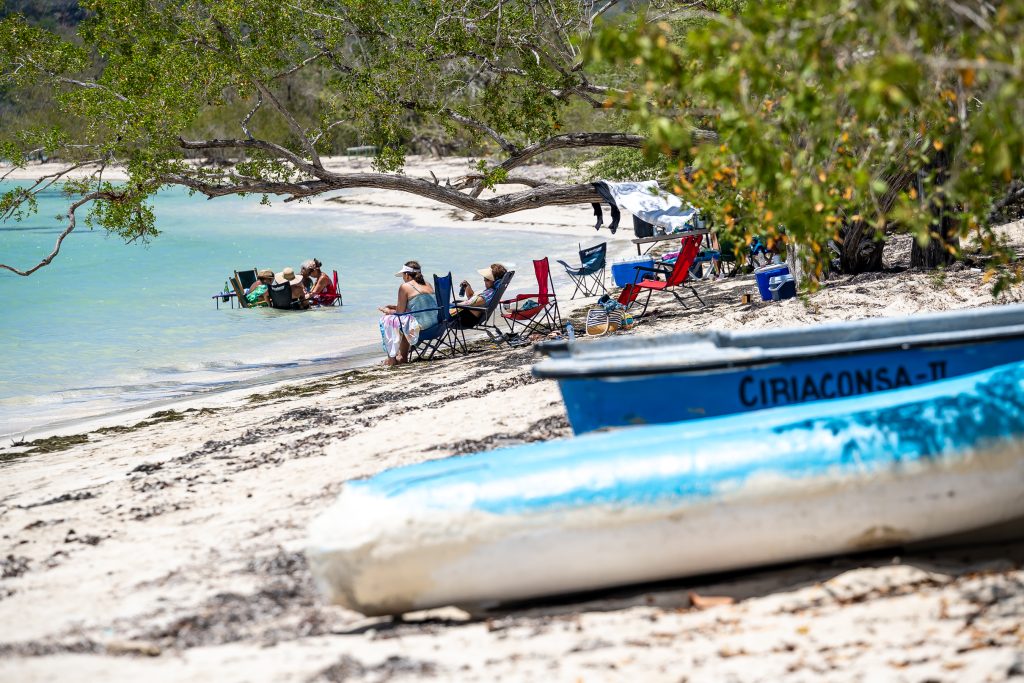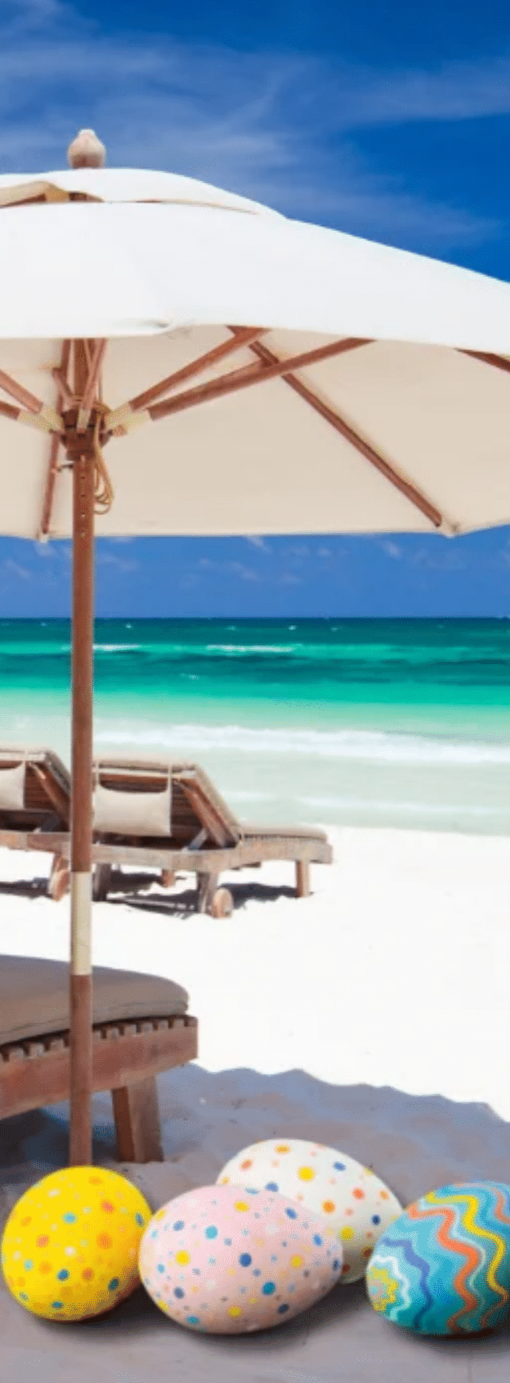Easter in the Dominican Republic plays a significant role and is celebrated more solemnly than Christmas. Semana Santa, known as Holy Week, which begins with Palm Sunday, is one of the highlights of the Dominican calendar, for which the people prepare in advance. What foods do Dominicans prepare to celebrate Easter? How do they spend their free time during festivities? You’ll read about it in today’s post, where we’ve prepared a handful of interesting facts about Easter in Caribbean style!
Beans and Corn – Stars of the Easter
Easter in the Dominican Republic is filled with dishes specific to the region, constituting a fusion of European, African, and Caribbean flavors. A cult Easter dish is ‘habichuelas con dulce’, which is usually served in the afternoon on Good Friday, although some begin preparing it several days earlier. This delicacy consists of cooked red beans, sugar, condensed milk, coconut milk, cinnamon, and cloves, and is served cold with raisins. Another traditional Lenten dessert is chacá, mainly consumed in the southern part of the country, whose main ingredient is corn enriched with cinnamon and cloves. If you want to prepare this dish at home, it is worth knowing that in the north and Cibao region it is called ‘maíz caquiao’, in the south, ‘chacá’, and some also refer to it as ‘maíz con dulce’ or ‘dulce de maíz’. Regardless of the terminology, one thing remains certain – you will need plenty of corn!

Habichuelas con dulce
Processions – an Integral Part of Dominican Easter
Easter is one of the most important times of the year for Dominicans, which is also evident in the streets, teeming with life of their own at that time. Residents throughout the country are involved in preparing processions commemorating religious events. They take place on Maundy Thursday and Good Friday, with the largest procession starting at the Cathedral of Santa María la Menor in the country’s capital, Santo Domingo. If you are planning to come to the Dominican Republic these days, be sure to see for yourself the centuries-old tradition, still playing a significant role for the locals.
Wet Monday Only by Request
In Central and Eastern Europe, Easter holidays are associated with Wet Monday, during which people equip themselves with plastic water guns and a change of clothes. Yes, you understood correctly – it is a day when people douse each other with water! The Dominican Republic does not have this tradition, and Monday is a regular working day – there are no holiday celebrations. Instead, Good Friday is a day off for Dominicans, during which they consume, among other things, the aforementioned delicacy, habichuelas con dulce. If you are planning to visit the Dominican Republic during the holidays, the only wet shower awaiting you is in the ocean!
If Not Painting Eggs, Then…
In some countries, Easter is all about eggs – not only as a delicacy prepared in different ways but also as canvas for painting! Both children and adults engage in this tradition, expressing their artistic visions. Eggs also reign – this time in an edible version – on the tables and in the Easter basket. In the Dominican Republic, they are replaced by the aforementioned beans and corn – there is no tradition of painting eggs there, nor crowning them as kings of the Easter table. Furthermore, there is no tradition of blessing food either. With that in mind, which activities characterize Dominican Easter?
… Blissful Relaxation on the Beach!
For Dominicans, Easter is a time spent with family, dedicated to rest and recharging batteries. While Good Friday is a day of reflection, on Holy Saturday, bars and restaurants come alive, and families usually head to nearby beaches to enjoy the blessings of the Caribbean paradise. If you dream of experiencing Dominican culture and its traditions, a visit during Semana Santa is the perfect opportunity!

The Cofresi Hills Residence team wishes you a wonderful Easter, spent with family! Whether you’re on a Dominican beach or enjoying slightly cooler alternatives, make the most of this time by creating unforgettable memories!







